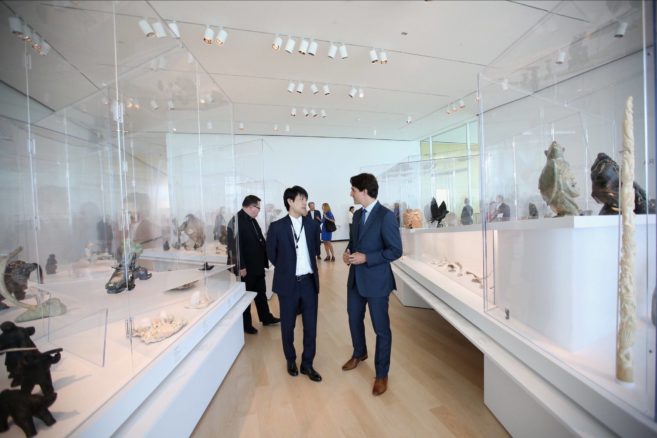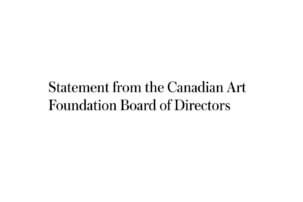“There is still no perfect checklist for what the standards are,” noted an art historian. And there never have been.
Historian Describes Tension Between Markets and Museums
The roots of conflict between institutional collections and market forces was illuminated in Greg Humeniuk’s remarks, which traced the history of the Act’s impetus and development. In 1919, the art historian noted, a Drummond collection from Montreal was sold in the UK. In 1927, the James Ross collection was sold in London. Later on, a major Van Horne collection was sold in NYC. And in 1957, there was a sale of 221 Paul Kane works to Texas collection.
“Significant collections were being lost from Canada,” Humeniuk said. “From the 1950s to 1967 [in particular] there was tension building around the loss of patrimony and the desire for its preservation.”
The 1970 UNESCO Convention on Cultural Property upped the ante for Canada, as a signatory, to develop some kind of cultural property legislation. In 1974, there was the first reading of the Act in Canada, and Humeniuk said, “throughout Parliament and Senate debates, there was tension between the need to have commerce unfettered and the need to protect patrimony.”
What the Canadian Cultural Property Export and Import Act did not do, ultimately, is create definitive guidelines for export and property certification, a situation that perhaps has contributed to the current confusion on the part of judges and others as to the nature of the law. Said Humeniuk: “There is still no perfect checklist for what the standards are.”
Lawyer Reflects on a Landmark Ruling
For his part, lawyer Stephen Smart indicated that the June 12 court ruling truly “upset the apple cart,” representing “a huge departure from 40 years of how export has been determined” in Canada. In terms of law, Smart indicated that Judge Manson rested most of his ruling on Section 11 of the Act rather than other relevant sections. Manson also didn’t take into consideration the 2013 evaluation guidelines issued by Canadian Heritage.
“The [CPERB] board has had a very organic, proactive idea of what is important to Canada,” said Smart, one that supported multicultural visions of Canada, as well as the potential study value of an artwork, rather than its past study history in Canada.
In the June 12 ruling, in other words, the court looked at an actual Caillebotte painting Heffel was trying to export, as well as the existing exhibition history and academic history on it in Canada—rather than weighting its potential exhibition and study future, and rather than looking at the importance of French Impressionism in general to Canadian art and artists.
Smart, himself a collector, pushed back on the implication by private dealers, in recent months, that CPERB effectively blocks works from export. “It can only implement a delay of six months,” Smart clarified. “It’s a delay, not a block.”
What’s next remains uncertain: “The case is on appeal, and until the appeal is heard, we don’t know what result might be,” Smart observed. “If [the original ruling is] supported, it would be up to Canadians’ will and the will of institutions to ask: Do we need amendments to the Act?”

 Among other talks and panels, Art Toronto hosted a discussion titled “Of National Importance.” Photo: Facebook / Art Toronto.
Among other talks and panels, Art Toronto hosted a discussion titled “Of National Importance.” Photo: Facebook / Art Toronto.






